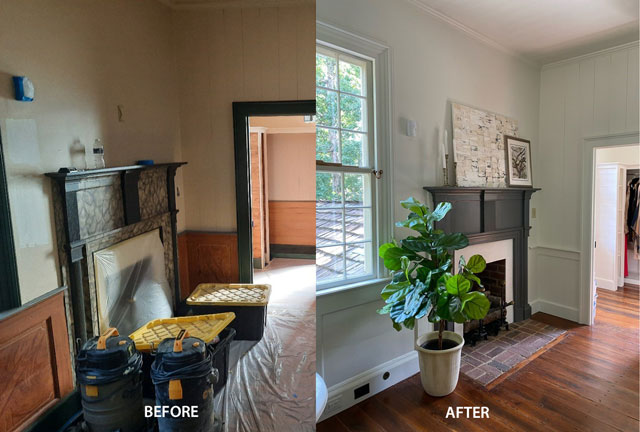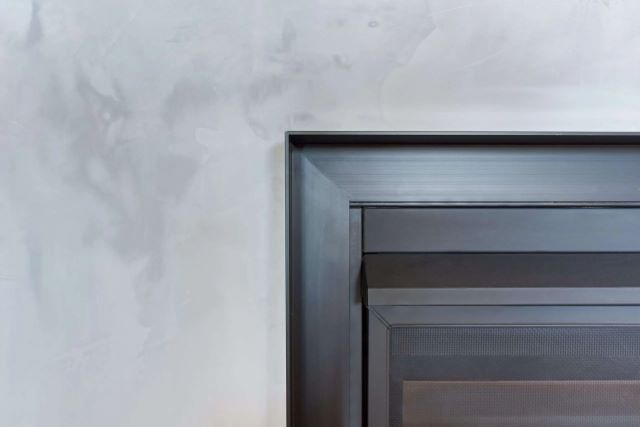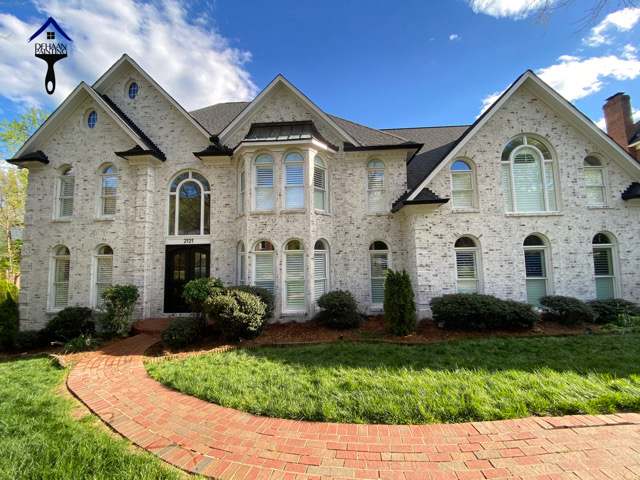“Back in my day, even the paint used to try to kill ya!” said a
grandpa somewhere, reclining in his oversized ottoman as the
grandkids complain about helping grandma with chores.
This memoir falls in line with all the other stereotypical things older relatives tend to use to gently remind us how it was “back in my day.” While grandpa may have not really walked twenty miles uphill each way or barefoot in the snow to school, he wasn’t exaggerating about the paint.
Why is Lead Paint so Dangerous?
It’s no secret that Lead Paint is dangerous. I mean, there’s obviously a reason it’s banned, but why exactly? To put it simply, lead is a high toxic metal that when absorbed into the body can cause damage to the brain, kidneys, nerves, and blood. Consuming lead paint, whether it’s through actual consumption, or breathing in lead dust, it can cause lead poisoning. Children under the age of six and the elderly are the most susceptible to lead poisoning.

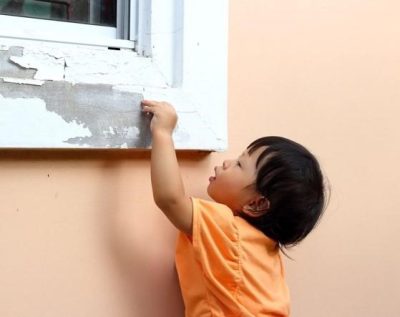
But It’s Banned Now, So We’re Safe… Right?
Most homes built before 1978 have lead paint. Despite knowing of the serious harm lead paint can cause, the federal government didn’t ban lead paint from being used in newly built commercial and residential properties until 1971. It wasn’t until 1978 that lead paint was banned completely in all manufacturing, residential properties, and commercial properties. That being said, any home built before 1978 potentially has lead paint still on the walls or the trim. It may also have lead dust from poor removal still lurking around.
So, My House was Built Before 1978 but I Want to Repaint, What Do I Do?
Well first things first, lead paint has to be handled carefully by a certified renovator. At DeHaan Painting, we start by protecting our team with Tyvek suits, respirators, and PPE (Personal Protective Equipment). We then mask off all contaminated areas to contain the dust and debris that comes with renovation. To prevent unnecessary amounts of polluted dust and cost, we opt to not remove all of the paint. We scrape and sand the loose and chipping paint to a sound substrate. We then prefer a good oil primer to seal everything. After all tainted areas have been scraped, sanded, sealed, and cleared of lead dust, your painting project is ready to be started!
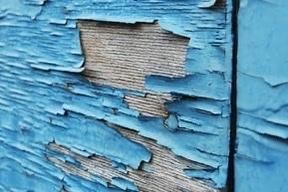
Lead paint was a very real enemy before 1978. It was used in homes, stores, on toys, furniture, pretty much everything! Despite knowing the risks associated with lead paint as early as 1920, the federal government didn’t issue the official ban until over fifty years later. While not common, the effects of lead paint continue to cause issues in our modern world. If you have any concerns about lead paint in your home, in my opinion, it’s better to safe than sorry.

Helping Thousands of Fmilies in Plaza Midwood, Noda, Chantilly, Dilworth, Elizabeth, Myers Park, South Park, Barclay Downs and Surrounding Areas.
DeHaan Painting
“Charlotte’s Premier Painter”
Interior House Painting – Exterior House Painting – Kitchen Cabinet Painting – Limewash Applications – Commercial Painting
Phone: (980) 224-3191
Email: info@dehaanpaints.com

